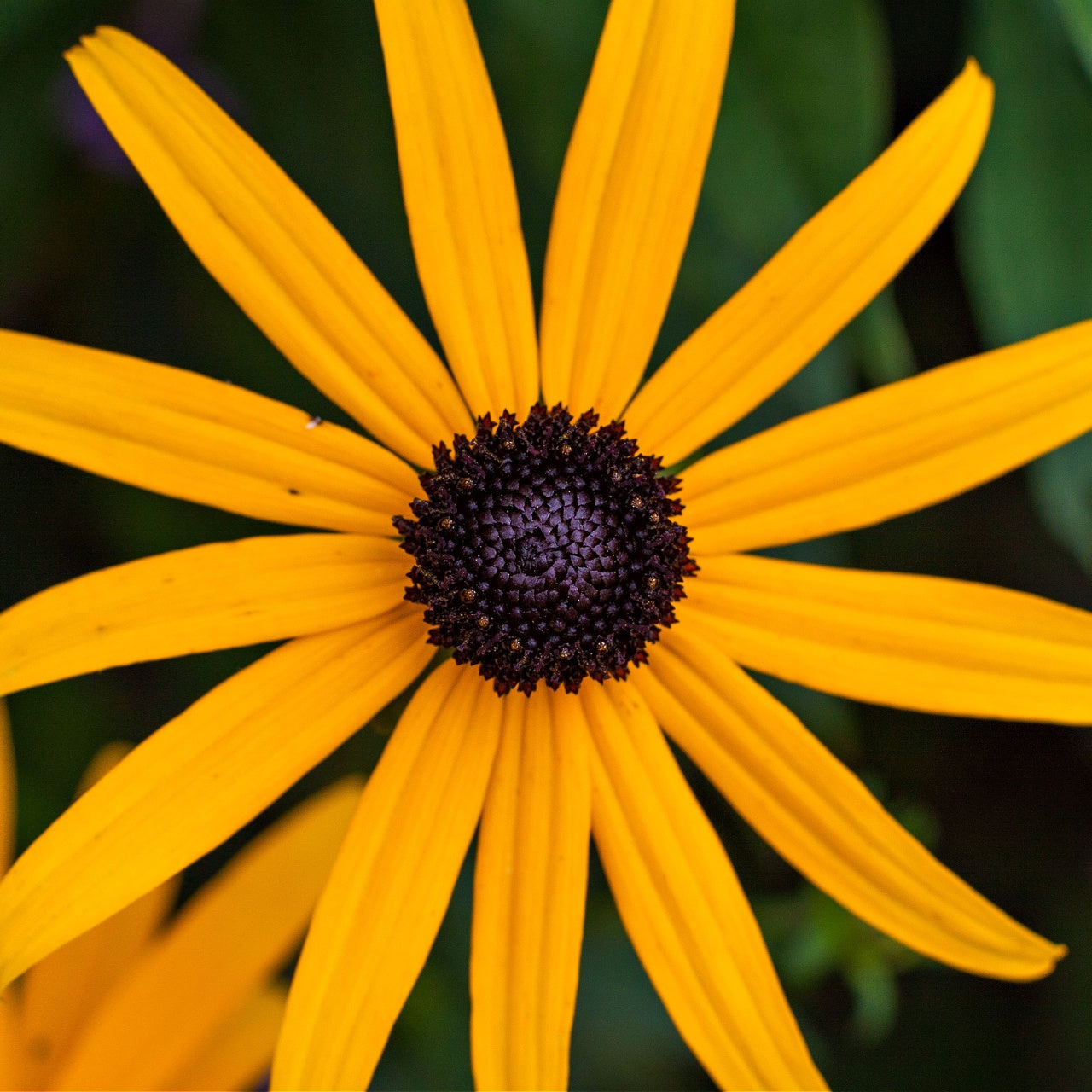Black Eyed Susan Plants
This plant ships:
November 2025Couldn't load pickup availability
Exposure
Full SunHeight at Maturity
Over 12 InchesUsage
Flower GardensShipped As
Bare-rootShips
Ships 7-10 DaysPlanting Zones
3-9Black Eyed Susan Plant Also Known As Rudbeckia hirta
Rudbeckia hirta, commonly called Black-eyed Susan, is a native North American flowering perennial. A member of the sunflower family, it is popular as an ornamental plant in gardens and landscapes. This vibrant perennial blooms in spring and fall, attracting pollinators such as birds, bees, and butterflies.
Black Eyed Susan Has Bright Stunning Blooms
The plant produces bright yellow, daisy-like flowers with dark brown or black centers. Flowers bloom in summer and fall, and the plant grows up to three feet tall. It has hairy leaves and thrives in a variety of soil types and sun exposures. It is also the state flower in some regions of North America, including Maryland.
Planting It in Your Landscaping
Choose the Right Location
This perennial thrives in full sun to partial shade. Select an area that receives at least six hours of direct sunlight daily. The soil should be well-draining to prevent waterlogging and root rot.
Prepare the Soil
Black Eyed Susan prefers rich, well-draining soil. Adding well-rotted manure improves soil fertility and structure.
Planting
The plant can be started from seeds or transplanted seedlings. Sow seeds in fall or early spring about 1/4 inch deep. For seedlings, dig a hole slightly larger than the root ball and loosen the roots gently before planting.
This Plant Is Drought-Tolerant
Once established, Black Eyed Susan is drought-tolerant. During the first growing season, water consistently to develop a strong root system. Water deeply once a week or more if soil is dry. Fertilizing is not required, though balanced spring fertilizers can encourage healthy growth and blooms.
How To Prune This Plant
Deadhead spent flowers regularly to encourage new blooms and prevent self-seeding. In the fall, after the first hard frost, prune plants back about six inches.
Share






